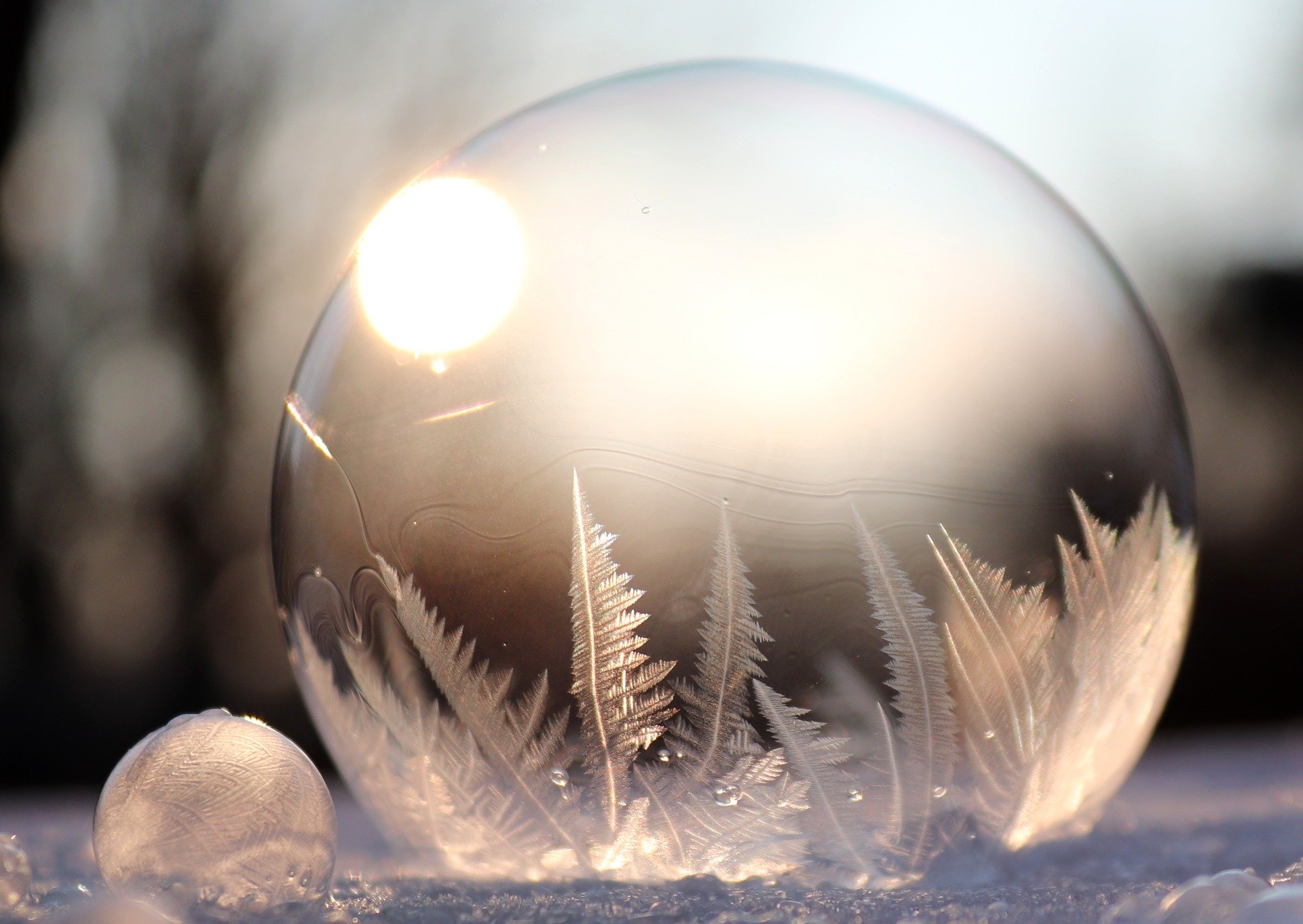
Date:
As winter sets in and the temperature starts to drop here in Philadelphia, I fall back on my favorite strategies for coping with the cold: hot cocoa and my favorite warm coat. Out in nature, however, animals have a range of biological strategies that help them survive in cold temperatures. Take hibernation, for instance. Many mammals survive the winter by finding shelter, slowing down their metabolism, and draw on energy reserves or stored food to survive the winter. Across animals, we can look at their DNA to find fascinating stories of how different survival techniques have evolved.
Many insects undergo a process similar to hibernation, called diapause. Essentially, they put their bodies on hold to survive stressful conditions. Some of my own research has focused on how genetic variation controls diapause in wild populations of fruit flies. (Yes, the same species that might be hanging around your ripe bananas!) As you might predict, you find more flies carrying gene variants enabling diapause in Vermont, compared to flies living in Florida. Flies that are able to enter diapause also tend to be generally longer lived, more stress-resistant, and slower to age. Sounds great for those flies in Vermont, right? But there’s a tradeoff – they have fewer offspring. The ability to survive winter has a cost.
Let’s go to an extreme environment for another example. Notothenioid fishes live in the icy waters of the Southern Ocean around Antarctica. How do they protect themselves from freezing? The secret is in their blood. They have special antifreeze proteins that stick to tiny ice crystals and keep them from growing larger. By studying DNA sequences, scientists discovered that a random change in an existing gene took place about 5 to 14 million years ago. This change created a new set of instructions that generated these antifreeze proteins. Fish carrying the new code had the edge for survival as the Antarctic waters began to cool around the same time. But again, this special adaptation seems to have a hidden cost. While the antifreeze proteins keep small ice crystals from getting bigger, they also prevent the crystals from melting when the ocean temperature warms. Scientists are now investigating the long-term effects on fish due to this buildup of “superheated” ice.
What about us humans? Our DNA carries clues of genetic variation that may have helped early humans who migrated north out of Africa. All humans have a sensor molecule that perceives cold temperature, encoded by a gene called TRPM8. In an analysis of genetic data from people around the world, a variant of TRPM8 shows up much more frequently in people of northern European descent than in populations farther south. This variant makes more copies of the sensor, enhancing the body’s cold response. By now, however, you’ve probably guessed that there has to be a catch! In this case, scientists believe that the cost is migraine headaches. Higher levels of the TRPM8 sensor in the body’s pain circuits correlate with a higher risk of migraines. The prevalence of this painful disorder in populations of European ancestry may be an unfortunate side effect of adaptation to colder environments.
Using the precision of modern biotechnology, scientists can apply our understanding of cold adaptation to practical applications, such as developing more stress-resistant crops or better medication for migraines. But the examples above help us appreciate the complexity of biological systems – it’s hard to change one part without affecting another. As nature is shaped by forces of technological, cultural, and environmental change, how will life evolve?


